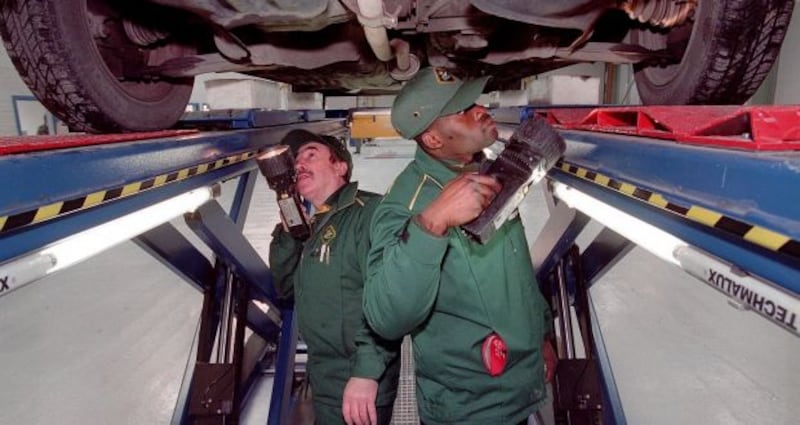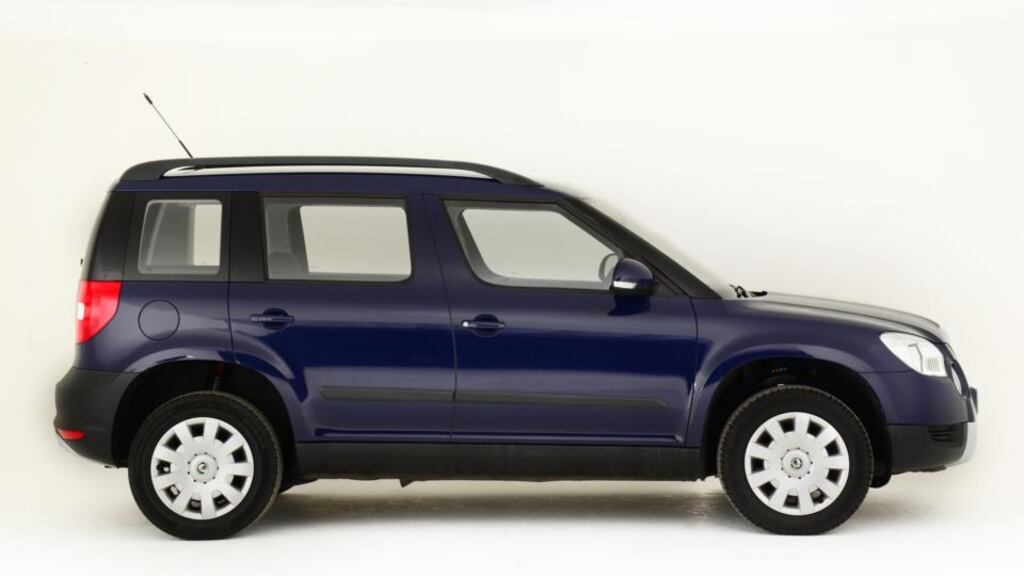The Skoda Yeti family car had the highest pass rate of any vehicle submitted for a National Car Test (NCT) last year.
An analysis of the results of NCTs carried out on over 1.34 million vehicles at 47 test centres nationwide in 2018 shows that the Skoda had a pass rate of 81.3 per cent.
Figures published by the Road Safety Authority (RSA) show the car, which was launched in the Ireland in 2009, was one of only two popular car models to obtain a pass rate in excess of 80 per cent. The other was the Peugeot 208 supermini which had a pass rate of 81 per cent.
Other models with high pass rates included the Volkswagen Tiguan, Dacia Sandero, Hyundai ix35, Nissan Juke, and Dacia Duster.
In contrast, the model with the lowest pass rate among over 160 popular cars on the Irish market was the Hyundai Trajet with just 20 per cent getting a NCT pass rating in the initial test.
Other models where less than a third of vehicles passed the NCT last year included the Vauxhall Vectra, Seat Cordoba, Chevrolet Kalos, Volkswagen Bora, Nissan Primera, Peugeot 206, Volkswagen Sharan, Hyundai Tucson, Opel Vectra, Peugeot 307 and Mazda 323.
Every car four years or older must undergo an NCT inspection, repeated every two years. If the car is 10 years or older it needs to be tested every year.
The RSA figures show that more than half of all cars failed the NCT on full inspection last year with lights, suspension, tyres and brakes the main fail items.
Common faults
Only 49.2 per cent of vehicles passed the initial NCT in 2018 – an unchanged rate on the previous year. The last time a majority of vehicles obtained the NCT on the first test was in 2011.
The analysis of the NCT results shows a strong correlation between pass rates and the age of the vehicle with older makes more liable to fail the NCT.
There was a 77 per cent first-time pass rate for 2010-reg cars and 67 per cent for 2008-reg vehicles last year. However, the pass rate fell to 56 per cent for 2006-reg cars and just 38 per cent for cars registered in 2004 and earlier.
Despite the fact that a majority of cars failed the initial NCT year, almost 92 per cent passed on the re-test.
The RSA figures show 8.2 per cent – or 56,085 cars – still failed the re-test including 1,667 vehicles which were classified as “fail dangerous”.
The most common fail item for over half of the most popular car models was “lighting and electrical” faults, while steering and suspension was the most common problem with a quarter of models.

"Vehicle and safety equipment" was the most common fail item with two Dacia models, the Duster and Sandero, while problems with brakes were the most common issue with a number of models including the Toyota Auris and Corolla and the Mercedes-Benz C and E series.
The oldest vehicle submitted for a NCT last year was a 1932 Rolls Royce which passed the test.
Although not legally required to be tested, a total of 181 cars that were only registered in 2018 had a NCT, with 34 vehicles failing the test.
For the third year in a row, Kilkenny had the highest pass rate of the 47 NCT test centres around the country last year with a 58 per cent pass rate.
The centre in Castlerea had the lowest pass rate at 40.4 per cent.
















